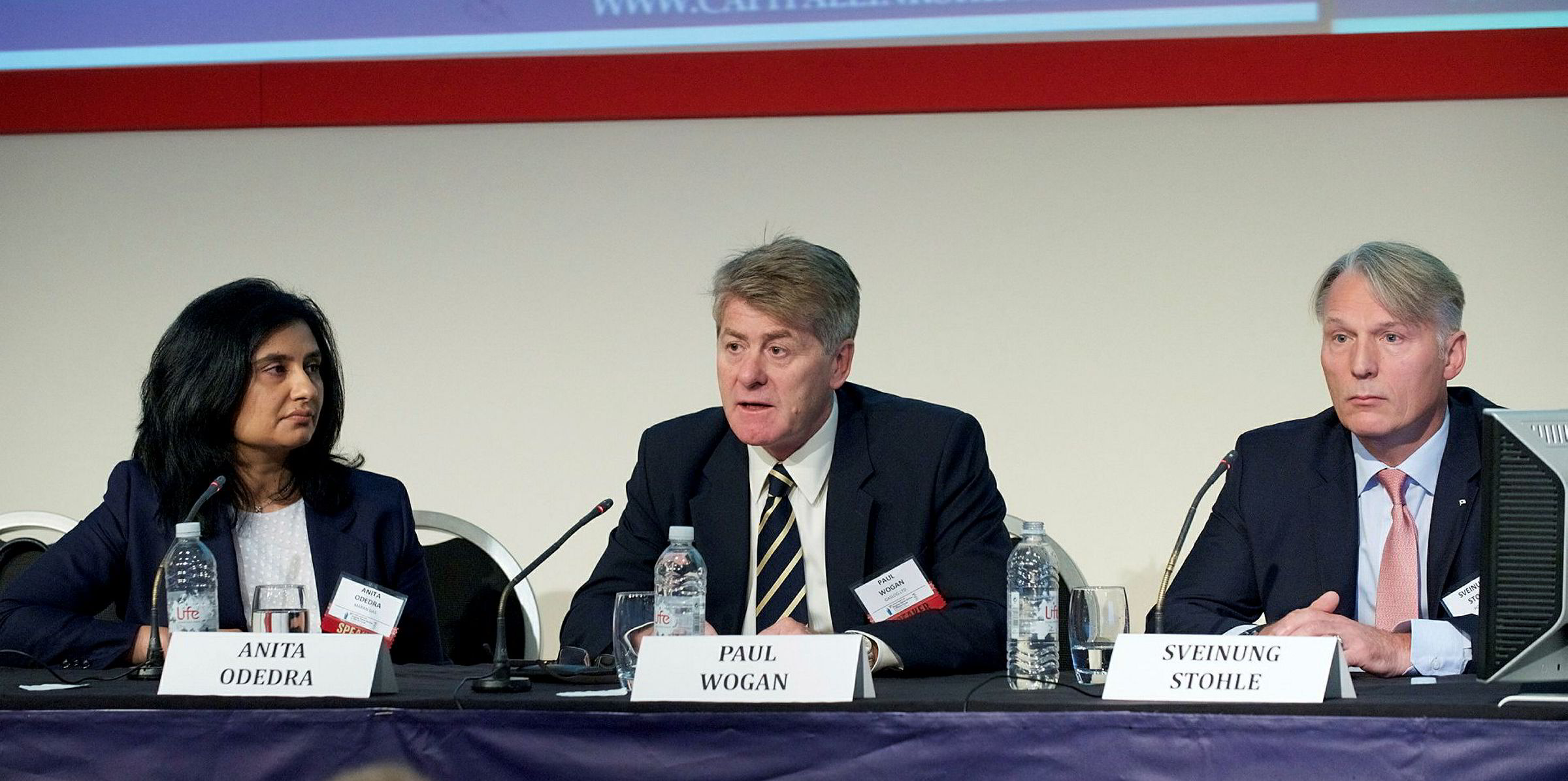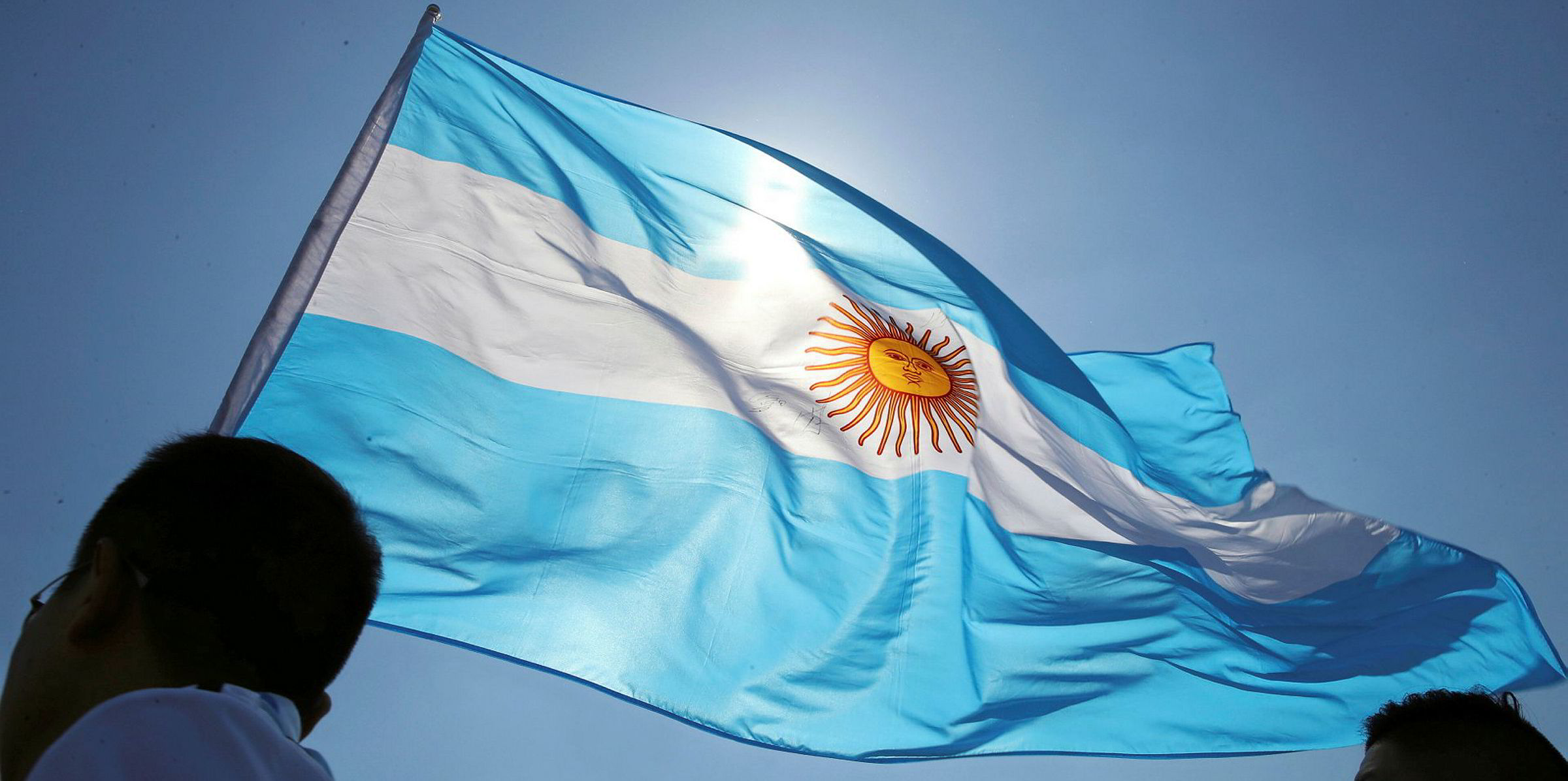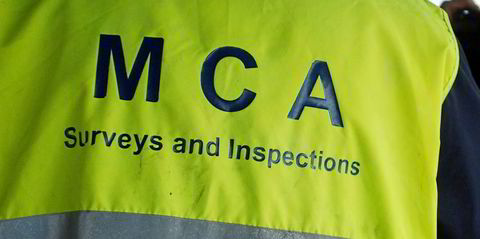Southeast Asia’s LNG demand is set to grow five-fold in a little over 20 years with almost half the demand coming from two countries, says a top industry analyst.
Demand from India and Indonesia will help volumes coming into the region hit 236 million tonnes per annum (mmtpa) by 2040, according to Wood Mackenzie.
“The two major markets of India and Indonesia, with 63 mmtpa and 43 mmtpa of demand respectively by 2040, see demand growing from different sectors,” said principal analyst Asti Asra.
Wood Mackenzie says India’s demand for LNG is driven by industrial and city gas, while Indonesia’s is power-driven.
“For Indonesia, LNG imports will only be required in the 2030s which means in the near term, national oil company (NOC) Pertamina will need to manage its various purchase commitments,” said Asra.
Malaysia and Thailand are forecast to see LNG import requirement grow to around 20 mmtpa in 2040, despite a lack of strong growth in overall gas demand.
“Mature fields and limited successful exploration fields lead to an LNG requirement to backfill the decline in domestic production,” said Asra.
“Both countries are also moving towards liberalising their gas markets and breaking up the monopolies of their NOCs.”
Pakistan and Bangladesh are said to face the double effect of declining domestic production and continued growth in gas demand, leading to LNG demand of around 25 mmtpa each by 2040.
However, Asra adds that Bangladesh will need to introduce price reforms to reflect the impact of higher LNG prices.
“It has historically been able to pass on low prices from domestic production. Existing subsidy programmes will not be sustainable in the long run as imported LNG takes a bigger share in the country’s fuel mix,” she said.
The Wood Mackenzie analyst said there is also “active interest” in the region for regasification terminals, but uncertainty surrounds issues such as downstream connectivity.
“Some existing regas terminals face low utilisation rates and will remain so while awaiting pipeline connectivity and demand growth in the long-term,” she said.
Vietnam is cited as one of the most promising emerging markets for LNG with proposals for up to 10 regas terminals. At least three of them will come online, starting from 2024, according to Wood Mackenzie.
Meanwhile, in places like Malaysia and Thailand, regas terminals have now been opened up to third-party access and other entities such as power companies may import LNG directly.
Elsewhere in Asia, the regas terminal development picture is less clear with several prospective terminals expected to be delayed to 2030.
“For the Philippines, the timing of its regas terminal in Batangas will depend on the depletion rate of its main Malampaya field,” said Asra.
“Shell, as the field operator, has stated continued production possible until 2030. That means the terminal timeline could be delayed until then.”
In January 2018, Asra said Myanmar approved four LNG-to-power projects to fulfill the country’s power demand.
However, she said little progress has been made since due to infrastructure and political constraints and she forecasts that its first regas terminal will only come online by 2030 at the earliest.







